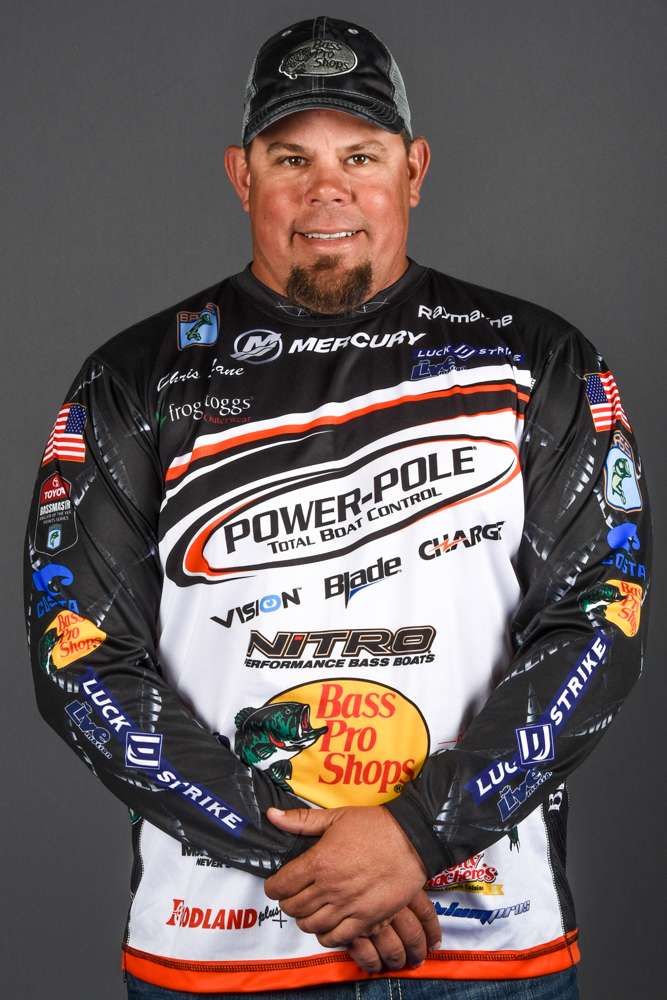Grass, or more generally vegetation, is the lifeblood of a lake or river as far as fishing is concerned. It offers cover and protection for baitfish, ambush points for predators and, perhaps most importantly, it puts oxygen into the water.
From early spring into late fall, you can always find a few bass in the grass. Even when the best bite is off somewhere else, there’ll be a few good ones living and feeding around green vegetation. That’s one of the few absolute truths about bass fishing.
But, when fall arrives the water temperature drops and the sunlight becomes less intense, things change.
I don’t pretend to know all of the scientific details but in general terms what happens is that as fall arrives the grass dies and starts to decompose. When it does that, it’s no longer making oxygen. It’s consuming it. That forces the bass to move somewhere else. It’s a matter of life and death to them. They have to have oxygen to live.
The dying process can take a while. In some lakes, it’ll extend into the early winter, depending upon the weather. That can make grass fishing tough on some lakes and in some rivers.
The thing is, though, not all the grass dies at the same time. In many places there’ll be a mixture of living grass and dying grass. Fishing such a mixture can be very productive if you concentrate your presentations on the living stuff and avoid the dying stuff.
That requires a careful thought before each cast to make sure you’re hitting the exact spot you want to fish. It’s all about green. Now, I have to admit that this can be a slow and methodical way to bass fish, but it can also be an effective way to bass fish.
Things change once all of the grass is dead. The oxygen consumption stops. The natural lake or river processes take over. The oxygen is replenished. Once everything’s dead, the baitfish will return to take advantage of the cover. The bass won’t be far behind.
That’s why I say that it’s a mistake — at least for me — to avoid dead grass late in the year. Oftentimes you can make good catches from brown, nasty looking stuff that you wouldn’t think would hold any fish, much less a quality black bass. It’s the dying and decaying process you want to stay away from, not the dead.
Right now, here on Lake Guntersville, the mat fishing is great. They’ve been forming all year. They’re thick and tough on top and at the same time, they still have enough life in them to produce oxygen and afford the baitfish and bass what they need to stay alive and healthy.
Even here, though, there will be a time during which the bass avoid them. That’s when they’re in the process of dying and decaying. I suspect that holds true across much of our country.
Fish smart when it comes to grass. You’ll do just fine.
Chris Lane’s column appears weekly on Bassmaster.com. You can also find him on www.twitter.com/ChrisLaneFish and www.facebook.com/chrislanefishing or visit his website, www.chrislanefishing.com.





